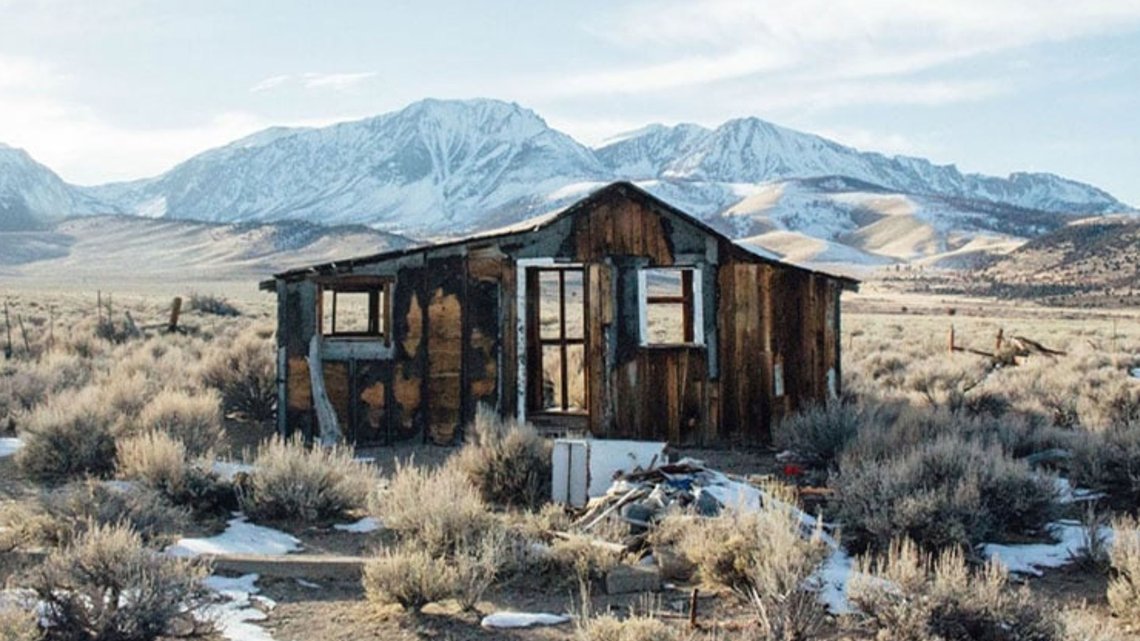Jon Davies
July 19, 2018


Escaping the winter cold by getting a fix in Fiji is pretty good, but this winter, I know a few people who have relished winter arrival, and it is not just because of the snow.
When you’ve grown up in a draughty, cold home where huddling around the little bar heater in the kitchen in the mornings was the norm, the ability now to be warm in your home (without a fight) is bliss. Now, we have to look outside to see what the weather is doing. It has to be raining very heavily for us to hear it through airtight and insulated walls and ceilings (concrete roof tiles help, too).
Growing up in New Zealand, we knew the weather before we opened our eyes in the morning, whereas in the UK, even though we lived with single glazing and no insulation, I could understand why there are continuous weather channels—you can’t tell from inside their normal buildings.
Every winter in New Zealand, we get to hear stories about the cost of energy/fuel, cold and mouldy housing, children getting sick and occasionally death. I wonder if that really is the problem. The problem is not that it is cold in our winters, but not cold enough. If people die because houses are poor quality in a cold climate, there is a pretty good motivation to build properly — think Canadian winter. So what does that mean for our buildings, our building code and our comfort and health? We can do so much better if we need to, and it’s not too hard.
Common themes with comfortable high-performance houses are insulation, airtightness, ventilation and heating.
At the top end of the performance (but not necessarily top-end cost), those who live in a Certified Passive House will be warm, and they will do that with very, very little heating input across the whole house. Then there are those like me who have improved their house during a basic renovation with deliberate airtightness (INTELLO®) and a ventilation system recovering waste heat and putting that heat back into the incoming fresh air. Heat still costs for comfort and health.
Insulating houses on ‘all six sides’ of the box has benefits, but there is a much bigger benefit to doing this in conjunction with airtightness, ventilation, and heat.
So find solid general guidance from our team or passive house-trained consultants even if you are not designing a Certified Passive House, and give your designs to builders who are keen to build better. The occupants might even enjoy winters in New Zealand.
A thermally insulated, airtight building envelope plays a major role in determining how comfortable and pleasant an indoor environment is for us and how well we can work, learn or relax there. Air temperature has the strongest effect on our perception of comfort level: a temperature range between 20 °C and 23 °C in homes is regarded as comfortable in winter, while temperatures of up to 26 °C are perceived as pleasant in summer. In this context, airtightness has a crucial influence on the effectiveness of thermal protection in both winter and summer.